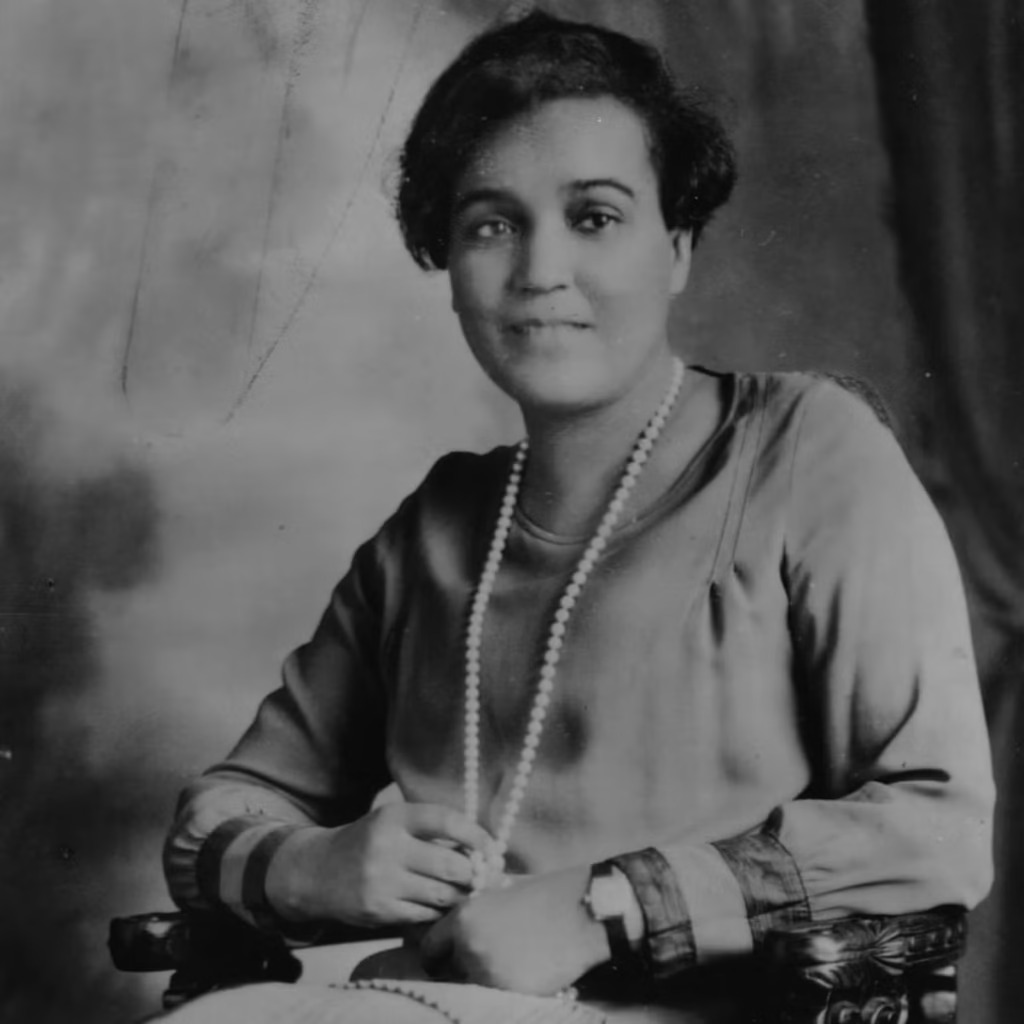
Table of Contents
Who Was Jessie Fauset?
Jessie Fauset was an influential figure in the Harlem Renaissance and a pioneering African American writer and editor. In 1912, she began contributing to The Crisis, a magazine founded by W.E.B. Du Bois. Fauset’s significant contributions led Du Bois to hire her as the publication’s literary editor in 1919. In this role, she played a crucial part in promoting the works of numerous Harlem Renaissance writers, while also writing four novels of her own.
Early Life
Born on April 27, 1882, in Camden County, New Jersey, Jessie Redmon Fauset grew up in Philadelphia, Pennsylvania. Despite financial hardships, her family placed a strong emphasis on education. Fauset attended the prestigious Philadelphia High School for Girls, where she was likely the only African American student in her class. Her academic success fueled her aspiration to attend Bryn Mawr College; however, the institution was initially hesitant to admit an African American student. Instead, Fauset was awarded a scholarship to Cornell University.
Fauset excelled at Cornell, where she was inducted into the Phi Beta Kappa academic honor society (although it is a common misconception that she was the first African American woman to achieve this distinction). After graduating in 1905, Fauset faced racial barriers to teaching positions in Philadelphia. Consequently, she taught in Baltimore, Maryland, and Washington, D.C.
Working for The Crisis
In 1912, while still teaching, Fauset began submitting various works—essays, poems, short stories, and reviews—to The Crisis. This publication, overseen by W.E.B. Du Bois, played a key role in the intellectual and artistic movement known as the Harlem Renaissance. In 1919, Du Bois hired Fauset as the magazine’s literary editor. In this capacity, Fauset fostered the careers of numerous writers, including Langston Hughes, Jean Toomer, and Claude McKay. She also continued to contribute her own writings to the magazine.
Alongside her work at The Crisis, Fauset co-edited The Brownies’ Book, a publication aimed at educating African American children about their cultural heritage. The magazine, which ran from 1920 to 1921, reflected Fauset’s desire to provide young African Americans with the kind of cultural education she had longed for in her own youth.
Novels and Post-Crisis Career
Fauset was motivated to write a novel after encountering a misrepresentation of African Americans in a book authored by a white writer. Her debut novel, There Is Confusion (1924), broke new ground by portraying African American characters within a middle-class context. This was an unconventional choice for the era, making it difficult for Fauset to secure a publisher.
In 1926, Fauset left her role at The Crisis and sought opportunities in publishing, even offering to work from home to mitigate the potential impact of her race. However, these efforts were unsuccessful, leading her to return to teaching. During this period, she wrote three additional novels: Plum Bun (1929), The Chinaberry Tree (1931), and Comedy: American Style (1933).
Fauset’s novels, which largely focused on bourgeois African American characters, explored themes of prejudice, limited opportunities, and cultural compromise. While some contemporaries admired her focus on this previously underexplored aspect of African American life, others criticized the genteel nature of her settings. Her last two novels were met with less success, and Fauset’s once-prolific output began to decline.
Later Years and Legacy
In 1929, Fauset married businessman Herbert Harris, and the couple lived in New Jersey until his death in 1958. Following his passing, Fauset returned to Philadelphia, where she spent her final years. She died on April 30, 1961, at the age of 79.
Throughout her life, Fauset was a strong supporter of emerging African American writers, contributing significantly to the development of new voices. Though her work may not have garnered the same level of fame as some of her Harlem Renaissance peers, her contributions—through her novels, essays, and poetry—established her as a key figure in the movement and as a prolific author in her own right.
